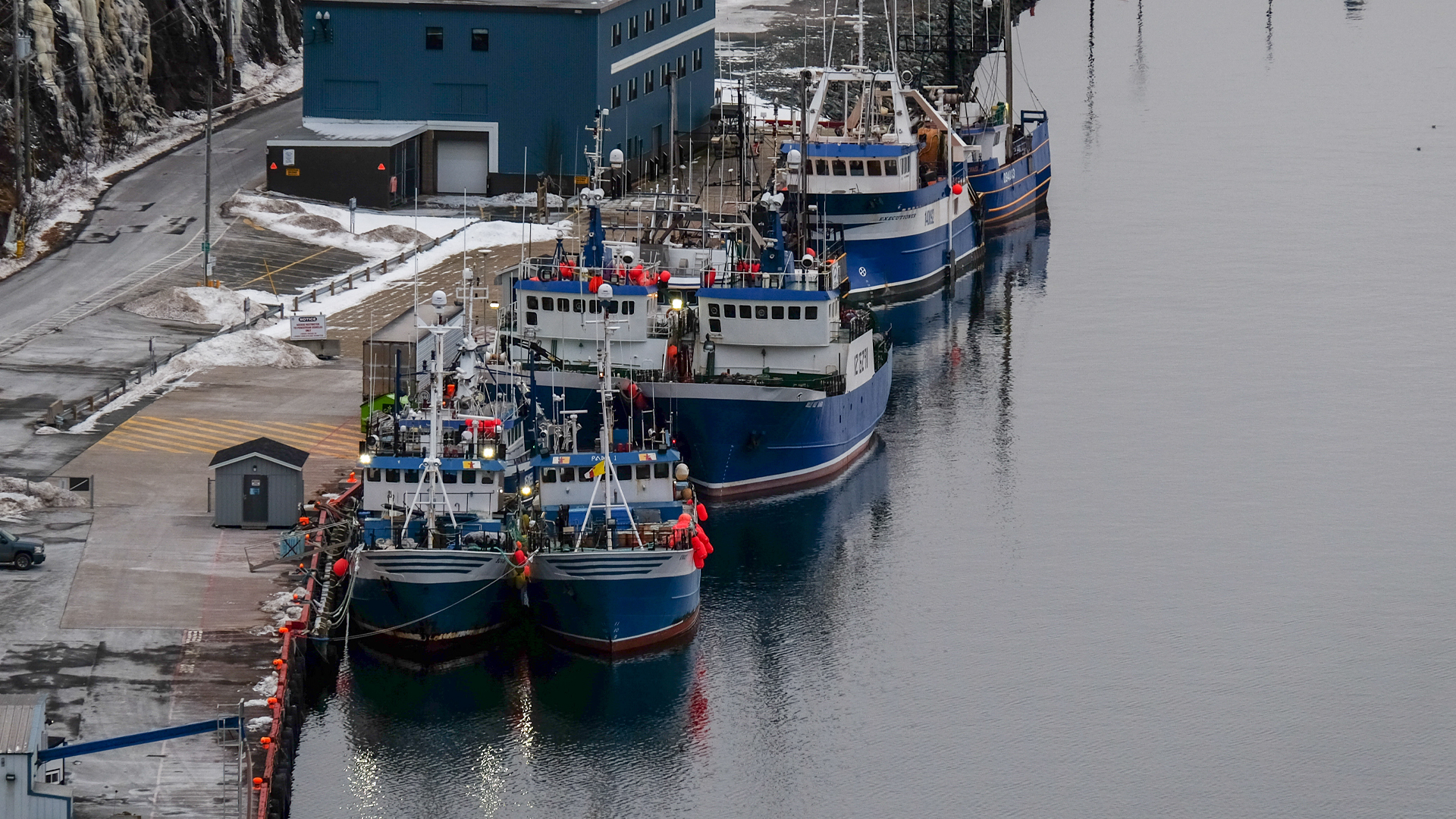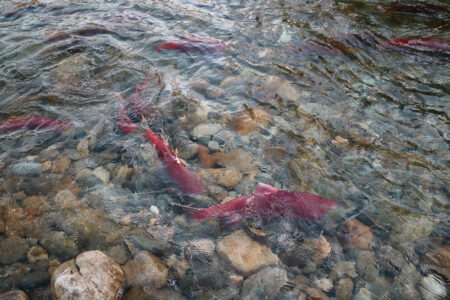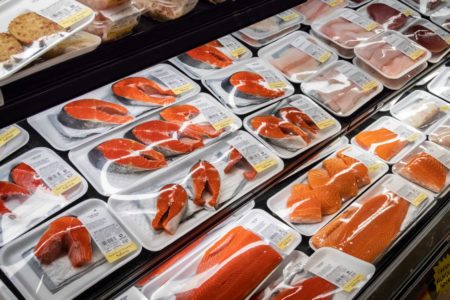
Canada is on the cusp of an inauspicious anniversary. Next year will mark 30 years since Newfoundland’s 500-year-old Northern cod fishery was shut down. The fishery was closed on July 2, 1992, because of a massive decline in the cod population, as much as 95 per cent, between the early 1960s and the early 1990s. The socioeconomic consequences were staggering: 30,000 to 40,000 jobs vanished overnight (equivalent at the time to 550,000 to 730,000 job losses in Ontario). Closure of what once was the largest cod fishery in the world stimulated an exodus of 10 per cent of the province’s population by the turn of the 21st century.
Resource depletion was not anticipated when the federal Fisheries Act was passed in 1868. The Act said nothing about what should be done when fish populations – “stocks” in management parlance – collapse. Absent a statutory obligation to do so, neither fishery ministers nor fishery managers felt societally obliged to develop a credible plan for rebuilding Northern cod.
It was not until 2019 that amendments to the Fisheries Act stipulated that: “If a major fish stock has declined to or below its limit reference point, the Minister shall develop a plan to rebuild the stock above that point….”
The reference point is a population biomass limit, below which stock capacity for growth is seriously impaired. Fisheries and Oceans Canada (DFO) policy states that stocks below this limit are in the critical zone. According to the latest information from Oceana Canada’s fishery audit, 33 of Canada’s major stocks (including fish, shrimp and crab) are in the critical zone, including Northern cod at less than half (48 per cent) of its population biomass limit.
DFO policy asserts that when a stock is below this limit, “removals by all human sources must be kept to the lowest possible level.” However, as the newly released rebuilding plan for Northern cod makes plain, the lowest possible level need not be zero. Not even close. At the discretion of the minister, not only can stocks in the critical zone be fished, but their catch quotas can actually rise before they have been rebuilt above their population biomass limit.
The rebuilding plan for Northern cod is one of the first to appear since the 2019 amendments to the Fisheries Act. As such, it merits scrutiny, not only because of the high profile of the stock and the fisheries it once supported, but because its rebuilding plan might serve as a template for other depleted stocks.
The rebuilding plan is notable for its tenuous legal basis for enforcement:
This rebuilding plan is not a legally binding instrument which can form the basis of a legal challenge. The plan can be modified at any time and does not fetter the Minister’s discretionary powers set out in the Fisheries Act. The Minister can, for reasons of conservation or for any other valid reasons, modify any provision of the rebuilding plan in accordance with the powers granted pursuant to the Fisheries Act.
Legal issues aside, the plan is sufficiently riddled with weaknesses from a science and policy perspective that it is unclear whether it will help or hinder the recovery of Northern cod.
A primary objective of the plan is to promote stock growth by ensuring fishing is kept to the lowest possible level until there is a high probability that the reproductive component of the population – the spawning stock biomass – has increased above the population biomass limit. The actual probability and timeline for meeting this objective are not specified.
Keeping fishing at the “lowest possible level” is to be achieved by implementing a harvest decision rule when the spawning stock biomass for Northern cod is between 25 and 75 per cent of its population biomass limit. Management actions above or below these levels are not specified, a surprising deficiency given the statutory objective of getting the stock out of the critical zone (not simply to 75 per cent of the biomass limit).
The harvest decision rule aims to achieve a low level of fishing by linking catch to spawning stock biomass. Removals are to be adjusted relative to a base level set in accordance with the catch level in 2017. Tellingly, the catch in 2017 was the highest since the 1992 moratorium. And, since 2017, the recovery of Northern cod has stalled. Current levels of fishing coupled with mortality due to natural causes are impeding stock growth. Use of the 2017 catches as a baseline is not precautionary.

Further to this point, by tying the harvest decision rule to 2017 catches, the 2017 state of Northern cod might conceivably become the “new normal” around which the population fluctuates. According to the rebuilding plan, catches are to increase with increasing spawning stock biomass (to 75 per cent of the biomass limit) and decline with decreasing spawning stock biomass (to 25 per cent of the biomass limit) relative to the 2017 catch level. It is not unreasonable to predict that these prescribed changes in catch with changes in stock size might tend to drive Northern cod towards the 2017 spawning stock biomass level like a pendulum. This would clearly not be a desirable outcome in the context of stock rebuilding.
Most would agree that increasing the fishing mortality – the catch relative to the size of the stock – on a declining stock in the critical zone would not be precautionary. Yet, according to the information provided in the plan, this is exactly what would happen if Northern cod were to fall from 65 per cent of the biomass limit to as low as 40 per cent.
Another suspect element of the rebuilding plan lies in its creation of a narrative that counters the consensus that the collapse was predicated by overfishing and that ongoing fishing is contributing to the lack of recovery. Remarkably, the plan appears to discount the bulk of science that has been undertaken on Northern cod since 1992, including very recent efforts, that inconveniently run counter to the plan’s narrative that emphasizes exceptional mortality of cod by natural causes rather than by fishing.
A cursory examination of the mathematical model (the “Northern Cod Assessment Model” or NCAM) on which the rebuilding plan is based reveals a pattern of naturally caused mortality in the early 1990s that, if real, would be without precedent for a fish with the life history of Atlantic cod. It concludes that the natural mortality increased precipitously over a three-year period from about 20 per cent to more than 90 per cent per annum, remained there for two years, before plummeting over a single year back to about 30 per cent per annum.

There has been no evaluation of whether this model output is biologically plausible. No hypotheses have been offered to account for the catastrophic, short-term precipitous increase and subsequent, dramatic decrease in natural mortality produced by NCAM. This aspect of the model is not scientifically credible, particularly in light of at least one alternative. Yet it is NCAM upon which DFO’s rebuilding plan for Northern cod entirely hangs its scientific credentials.
Even if fishing mortality is currently low relative to natural mortality, only fishing can be directly manipulated by fishery managers. It would be precautionary to lower catches to the lowest possible level on a stock that has been in a collapsed state for nearly 30 years and for which recovery has stalled under current levels of mortality. The newly released rebuilding plan, which allows for increasing catches with increasing stock size before Northern cod has emerged from the critical zone, is not.
It has long been the duty of the minister of fisheries and oceans, and the Canadian Coast Guard, to manage, conserve, and develop fisheries on behalf of all Canadians in the public interest. It is now the minister’s duty to rebuild depleted fisheries and, one would expect, to exercise due diligence in doing so.
Due diligence requires critical independent scientific peer review and model-simulation testing to ensure that rebuilding plans have an acceptable robustness in the face of uncertainties. Due diligence also demands that rebuilding plans meet policy and statutory performance expectations and have a high probability of achieving management objectives.
Management of Canada’s fisheries is guided by federal policy that stresses taking a precautionary approach using the best available science. Despite nearly 30 years in the making, the Northern cod rebuilding plan manages to do neither.














